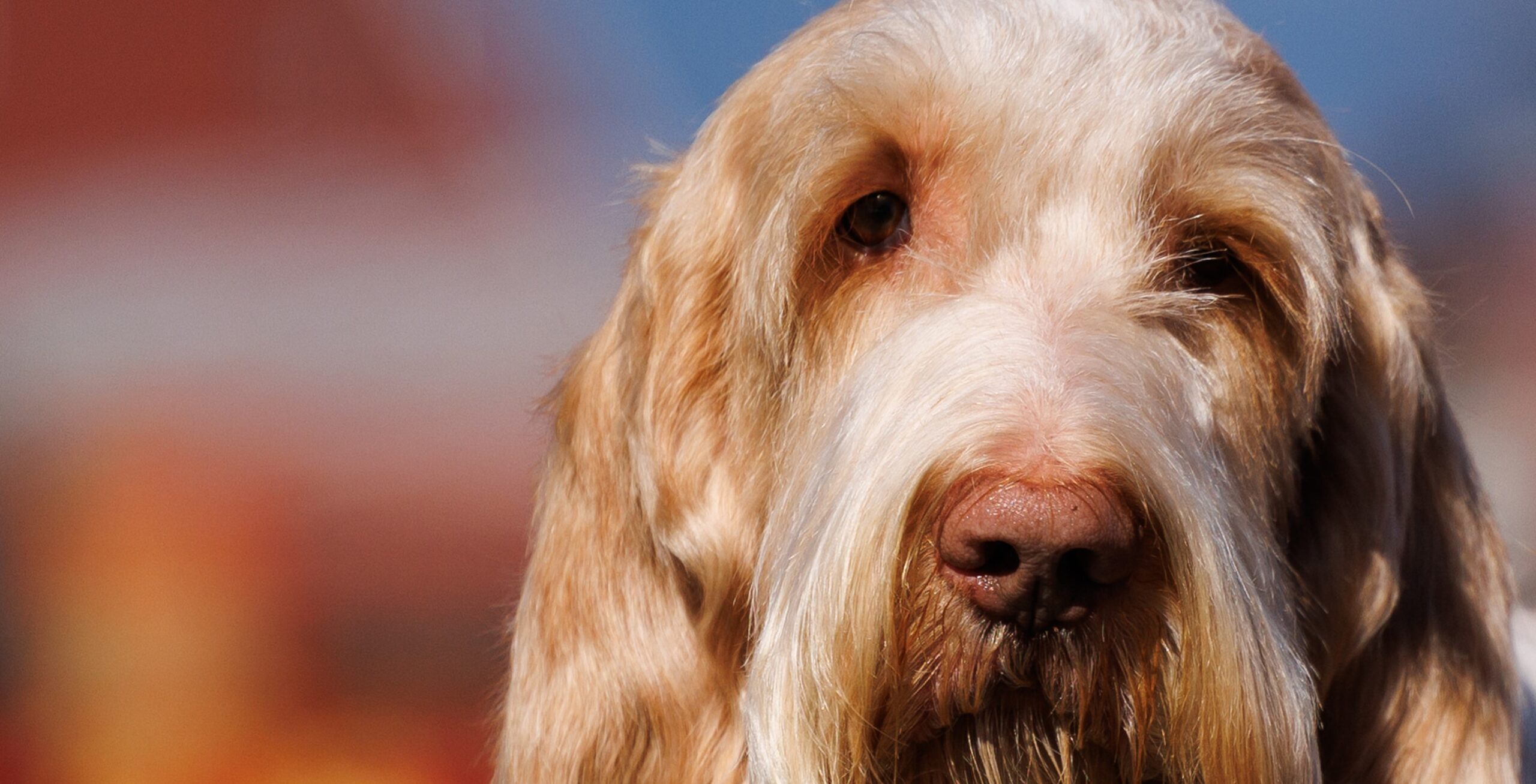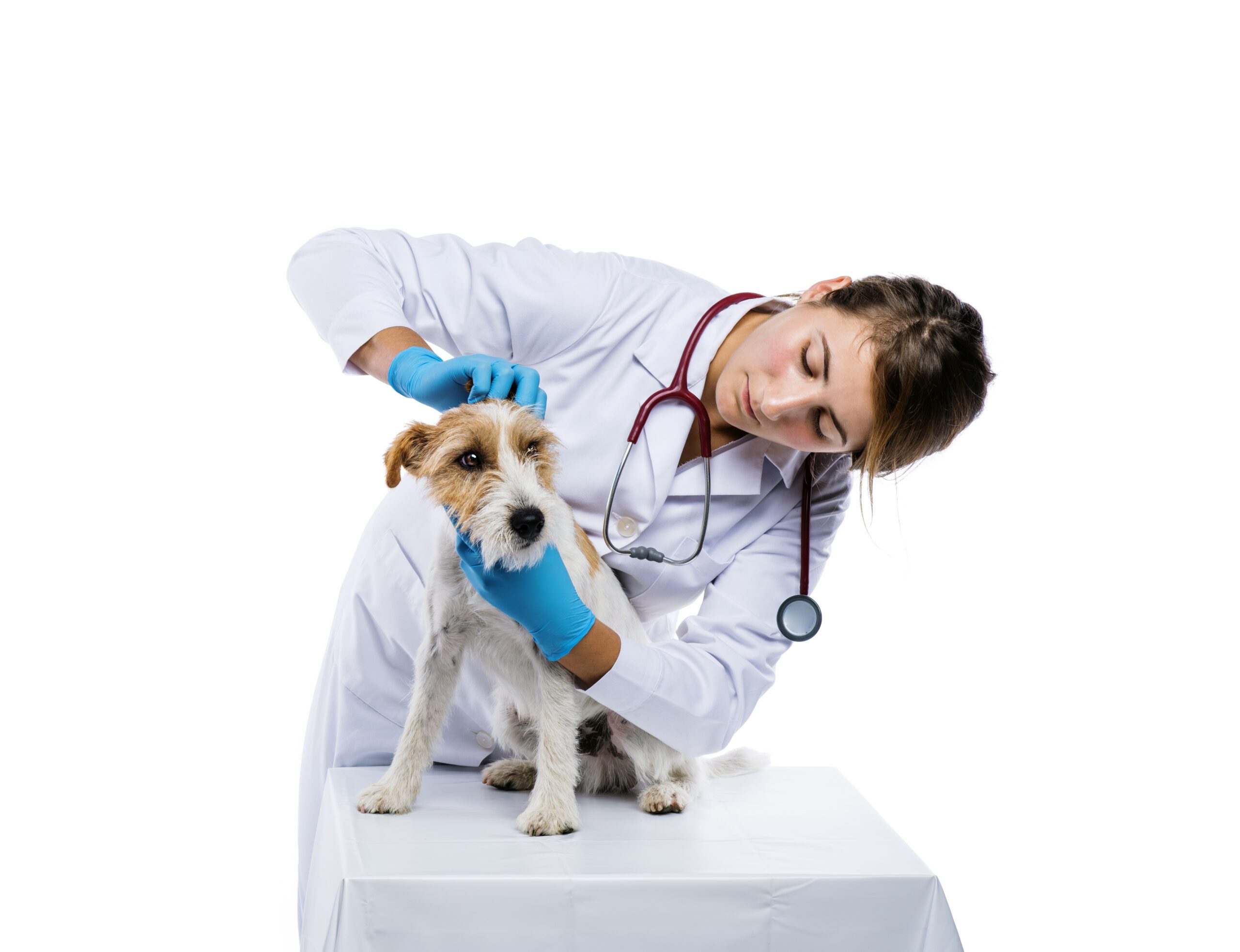Category: Dog’s Health
-

Foxtails are dangerous to dogs!
Foxtails, also known as grass awns, are dangerous to dogs due to their sharp, barbed structure and ability to penetrate the skin, ears, nose, eyes, or any other opening on a dog’s body. These grass seeds have a distinctive shape that allows them to easily embed themselves into a dog’s fur or skin, and their…
-

Dentition Evaluation
The Dentition Evaluation for dogs, as per the OFA (Orthopedic Foundation for Animals) standard, is a dental assessment aimed at examining the alignment and condition of a dog’s teeth. This evaluation involves a thorough examination by a veterinarian to assess the dental health, including the presence of missing teeth, abnormal tooth development, or other dental…
-

Patellar Luxation Evaluation
The Patellar Luxation Evaluation for dogs, following the OFA (Orthopedic Foundation for Animals) standard, is an assessment aimed at determining the stability of a dog’s kneecap (patella). Patellar luxation occurs when the kneecap dislocates from its normal position, leading to discomfort, lameness, and mobility issues. During the evaluation, a veterinarian examines the dog’s knees, assessing…
-

Eye Examination
The Eye Evaluation for dogs, according to the OFA (Orthopedic Foundation for Animals) standard, is a crucial examination aimed at assessing the overall health of a dog’s eyes. This evaluation involves a thorough examination by a board-certified veterinary ophthalmologist, who checks for various eye conditions and abnormalities, including cataracts, progressive retinal atrophy, and glaucoma. The…
-

Thyroid Evaluation
The Thyroid Evaluation for dogs, according to the OFA (Orthopedic Foundation for Animals) standard, is an important assessment designed to detect thyroid dysfunctions such as hypothyroidism and autoimmune thyroiditis. This evaluation involves a blood test to measure thyroid hormone levels and identify any imbalances or antibodies that could indicate thyroid disease. The goal is to…
-

Hip Evaluation
The Hip Evaluation for dogs, according to the OFA (Orthopedic Foundation for Animals) standard, is a critical assessment designed to detect hip dysplasia and other hip joint abnormalities. This evaluation involves taking radiographic images (X-rays) of the dog’s hips, which are then reviewed by veterinary radiologists to identify any signs of poor hip joint conformation.…
-

Elbow Evaluation
The Elbow Evaluation for dogs, according to the OFA (Orthopedic Foundation for Animals) standard, is a crucial assessment designed to identify elbow dysplasia and other joint abnormalities. This evaluation involves a thorough physical examination and radiographic imaging (X-rays) of the dog’s elbows, which are then reviewed by veterinary radiologists. The goal is to detect any…
-

Cardiac Evaluation Information
The Cardiac Evaluation for dogs is a comprehensive assessment designed to detect heart conditions, including congenital and acquired heart diseases. This evaluation is crucial for identifying issues like murmurs, valve abnormalities, and other heart-related concerns that could affect a dog’s health and longevity. The process typically involves a thorough physical examination by a veterinarian or…
-

A Deep Dive into Genetics, Diversity, and Responsible Breeding
In a landscape saturated with well-intentioned yet misguided narratives about genetics, diversity, and responsible breeding, it becomes imperative to delve deeper into the nuances that underpin these crucial discussions. Recent OpEd articles in esteemed publications have sparked dialogue, yet they often overlook critical facts, leaving gaps in understanding. However, amidst these debates, there emerges a…